 Hobbs State Park-Conservation Area: Park Location
Hobbs State Park-Conservation Area: Park Location
Entry Category: Protected Areas
 Hobbs State Park-Conservation Area: Park Location
Hobbs State Park-Conservation Area: Park Location
Holla Bend National Wildlife Refuge
 Holland Bottoms Willow Oak Forest Preserve
Holland Bottoms Willow Oak Forest Preserve
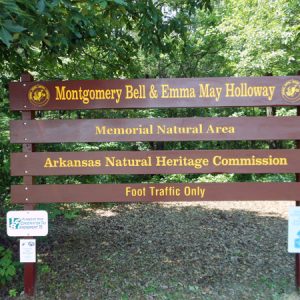 Holloway Memorial Natural Area
Holloway Memorial Natural Area
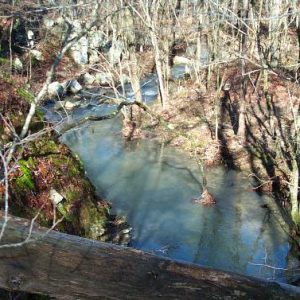 Iron Mountain Natural Area
Iron Mountain Natural Area
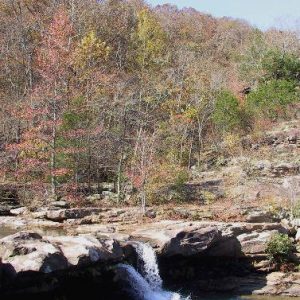 Kings River Falls Natural Area
Kings River Falls Natural Area
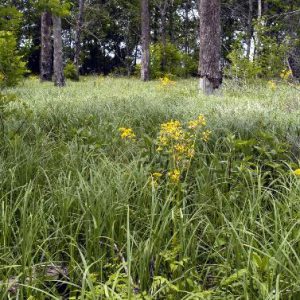 Konecny Grove Natural Area
Konecny Grove Natural Area
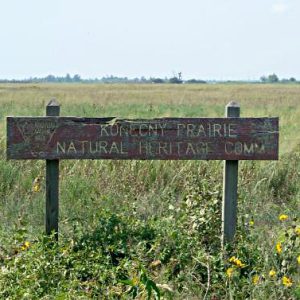 Konecny Prairie Natural Area
Konecny Prairie Natural Area
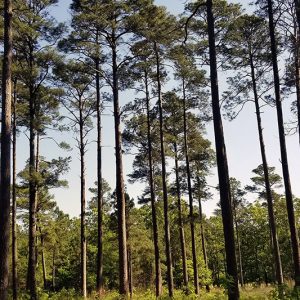 Loblolly Pines
Loblolly Pines
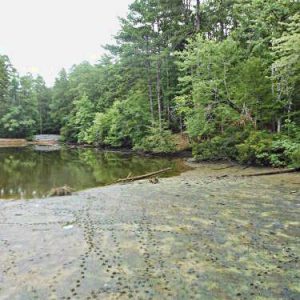 Logoly Natural Area
Logoly Natural Area
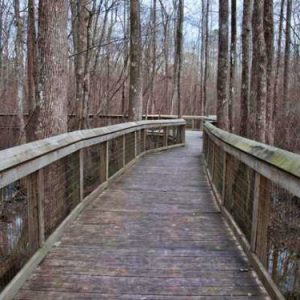 Lorance Creek Natural Area
Lorance Creek Natural Area
Lost 40
 Mallard Lake
Mallard Lake
Mammoth Spring
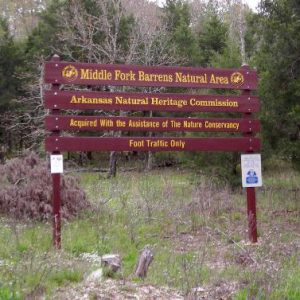 Middle Fork Barrens Natural Area
Middle Fork Barrens Natural Area
 Mike Freeze WMA
Mike Freeze WMA
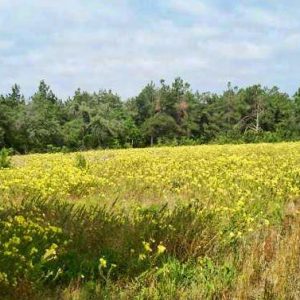 Miller County Sandhills Natural Area
Miller County Sandhills Natural Area
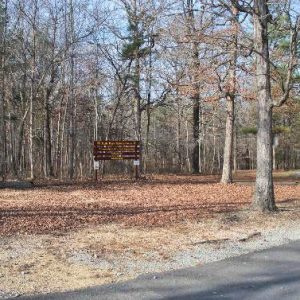 Mills Park Natural Area
Mills Park Natural Area
Mississippi Flyway
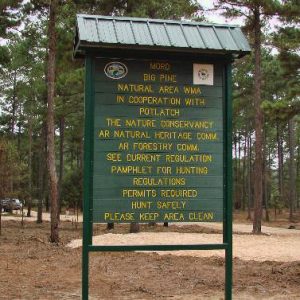 Moro Big Pine Natural Area
Moro Big Pine Natural Area
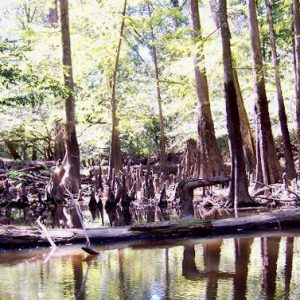 Moro Creek Bottoms Natural Area
Moro Creek Bottoms Natural Area
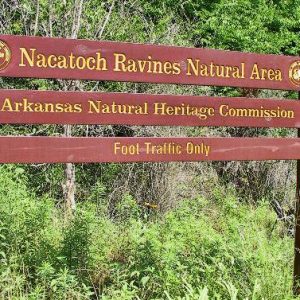 Nacatoch Ravines Natural Area
Nacatoch Ravines Natural Area
Ouachita National Forest
Overflow National Wildlife Refuge
Ozark-St. Francis National Forests
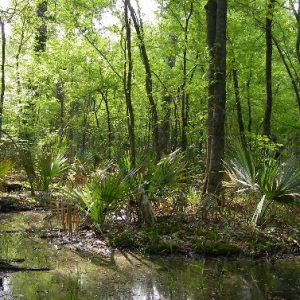 Palmetto Flats Natural Area
Palmetto Flats Natural Area
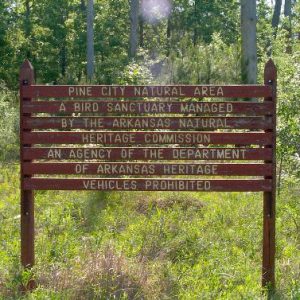 Pine City Natural Area
Pine City Natural Area
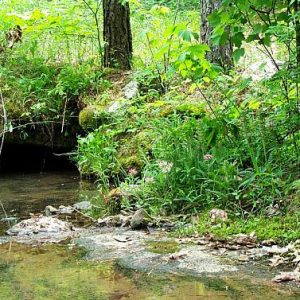 Pine Hollow Natural Area
Pine Hollow Natural Area
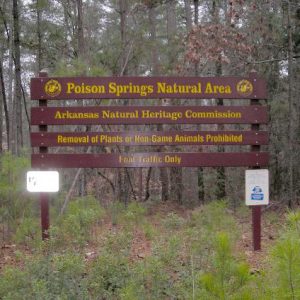 Poison Springs State Forest Sand Barren & Oak-Pine Forest Preserve
Poison Springs State Forest Sand Barren & Oak-Pine Forest Preserve
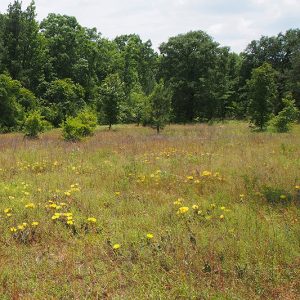 Poison Springs State Forest Sand Barren & Oak-Pine Forest Preserve
Poison Springs State Forest Sand Barren & Oak-Pine Forest Preserve
Pond Creek National Wildlife Refuge
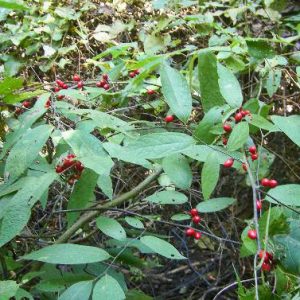 Pondberry
Pondberry
 Protective Gazebo
Protective Gazebo
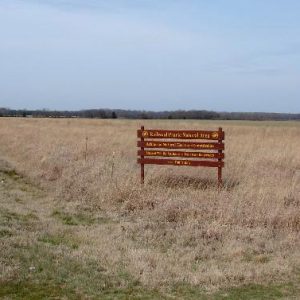 Railroad Prairie Natural Area
Railroad Prairie Natural Area
 Rattlesnake Ridge Natural Area
Rattlesnake Ridge Natural Area
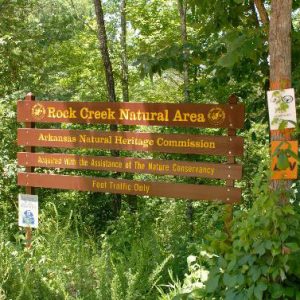 Rock Creek Natural Area
Rock Creek Natural Area
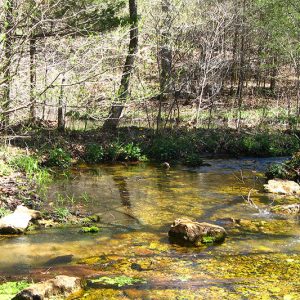 Rock Creek Natural Area
Rock Creek Natural Area
 Roth Prairie Natural Area
Roth Prairie Natural Area
 Roth Prairie Natural Area
Roth Prairie Natural Area
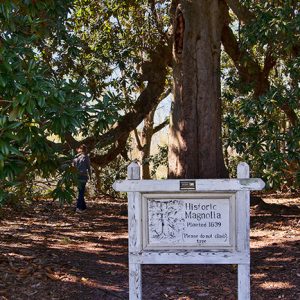 Royston Magnolia
Royston Magnolia
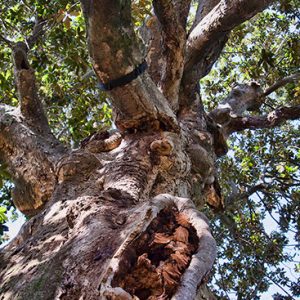 Royston Magnolia
Royston Magnolia
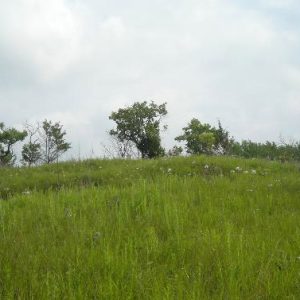 Saratoga Blackland Prairie Natural Area
Saratoga Blackland Prairie Natural Area
 Searles Prairie Natural Area
Searles Prairie Natural Area
 Searles Prairie Natural Area
Searles Prairie Natural Area
 Seven Devils Swamp Natural Area
Seven Devils Swamp Natural Area
 Singer Forest Natural Area
Singer Forest Natural Area
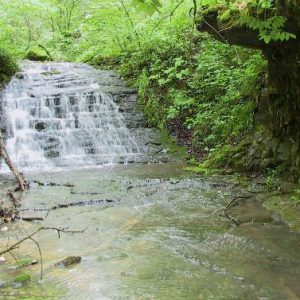 Slippery Hollow Natural Area
Slippery Hollow Natural Area
 Smoke Hole Natural Area
Smoke Hole Natural Area
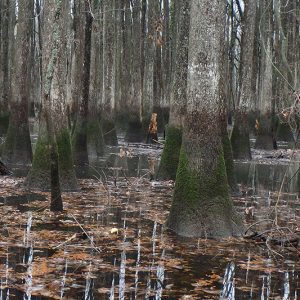 Smoke Hole Natural Area
Smoke Hole Natural Area
 Snow Geese
Snow Geese




